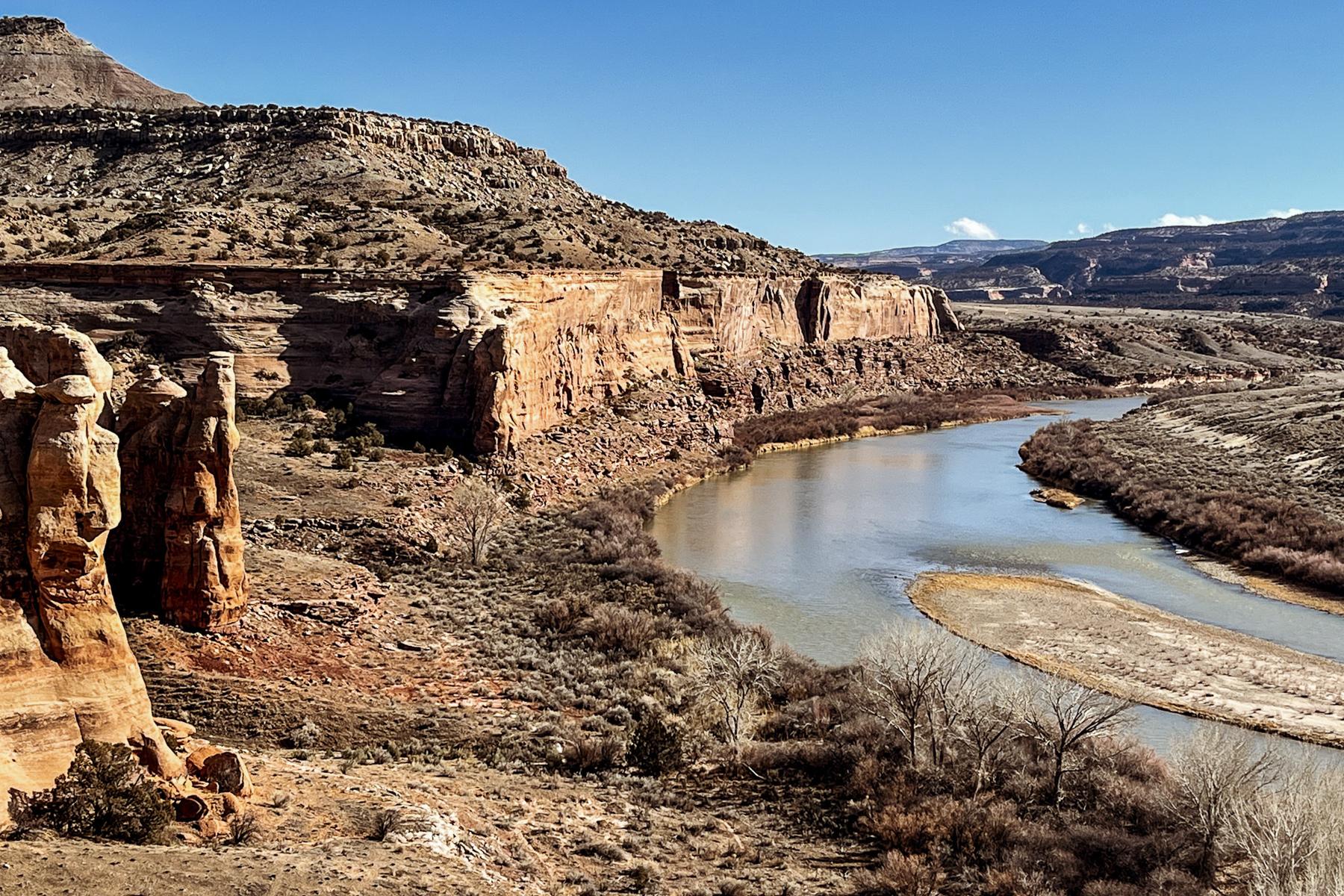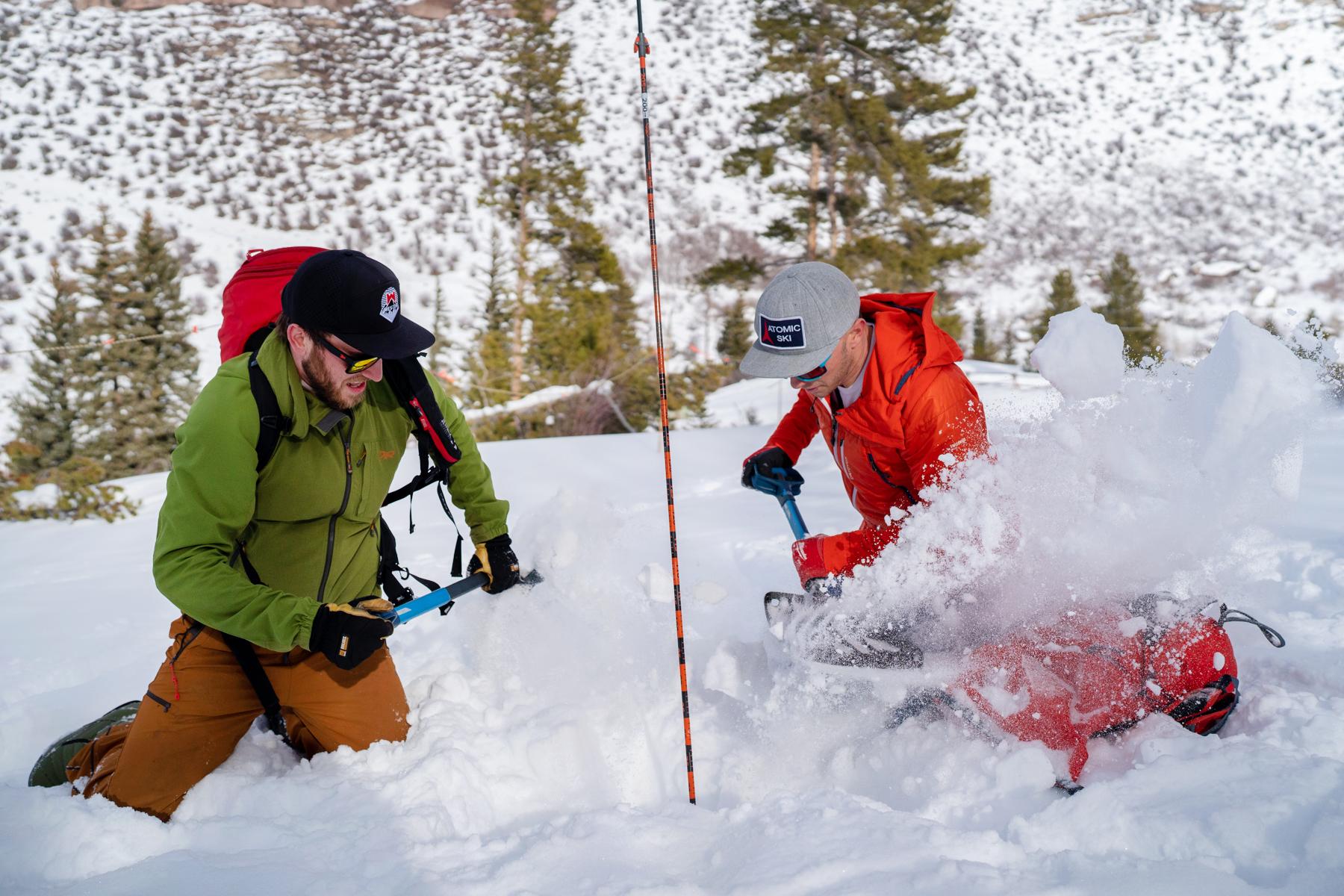
Scott Benge was stuck in a nightmare. He had pictured it many times, but now, living it, was so much worse than he could have ever imagined. He was buried by an avalanche, trapped under thousands of pounds of snow.
“I couldn't move a finger. I mean, I couldn't move anything,” he said.
It was the morning of New Year’s Eve. He had gone with a friend to a popular backcountry skiing spot outside of the tiny community of Ophir, in the San Juan Mountains. As the snow broke under Benge’s skis, it made a sound like thunder and pushed him down the mountainside. He tried to get his hands in front of his face to create an air pocket but couldn’t. Snow was packed down his windpipe.
“I really felt I was not going to make it, that I was going to die right there,” Benge said.
Still, he knew he had to stay calm, “not scream or get my heart rate up or anything like that,” he explained, “because at that time, it was all just relying on my partners and their abilities to save my life at that point.”
Benge was wearing a tool that could help them find him. An avalanche transceiver was sending out his location, but someone would have to get close enough to pick it up on their own device. All Benge could do was hope.
After about 20 or 30 seconds, he passed out.
Colorado sees more avalanche deaths than any other state. So far this season, seven people have died in slides — more than the state average for an entire winter — and more snowy weather is ahead. Avalanche transceivers, often called beacons, can mean the difference between life and death. It’s not just important to wear them, however. It’s vital to know how to use them.
That’s what brings backcountry skiers and boarders to a snowy mountainside just outside of Minturn, about five hours northeast of Benge’s accident. The White River National Forest’s avalanche beacon training park is a simple spot encircled by pine trees, with a vast view of the surrounding mountains. Sitting on the ground, a control panel lets people turn on up to eight transceivers at a time and try to find them buried somewhere in the deep snow.
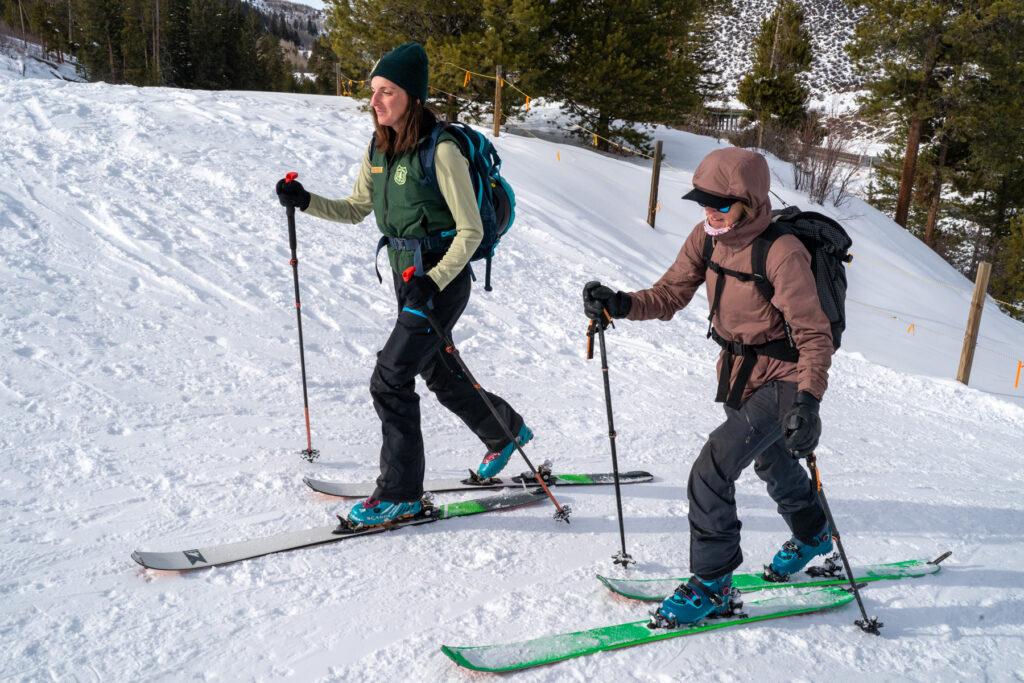
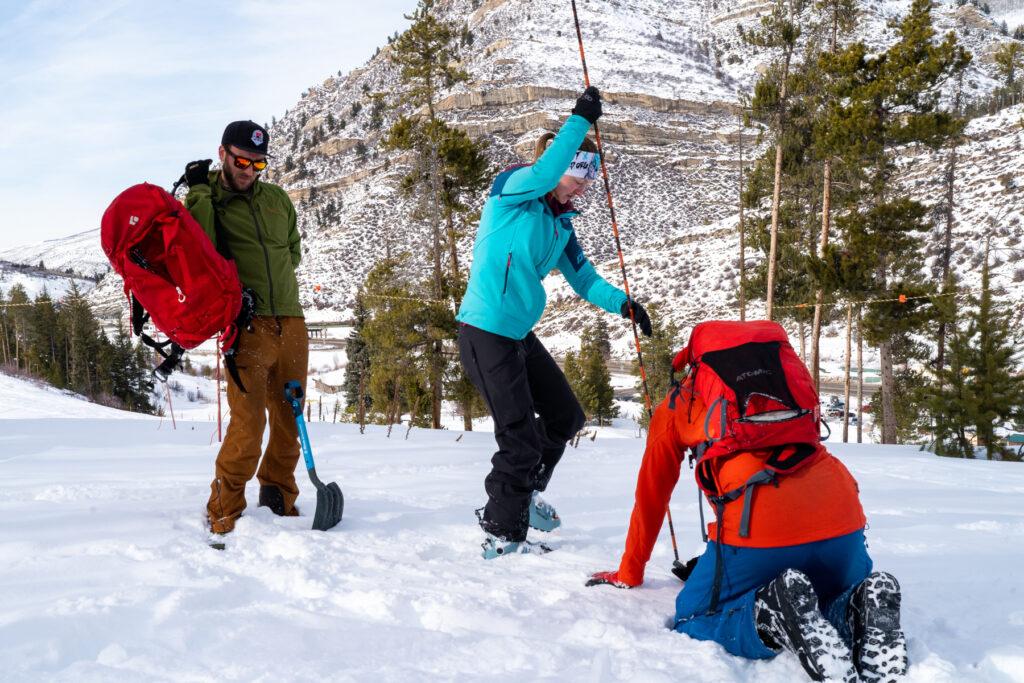
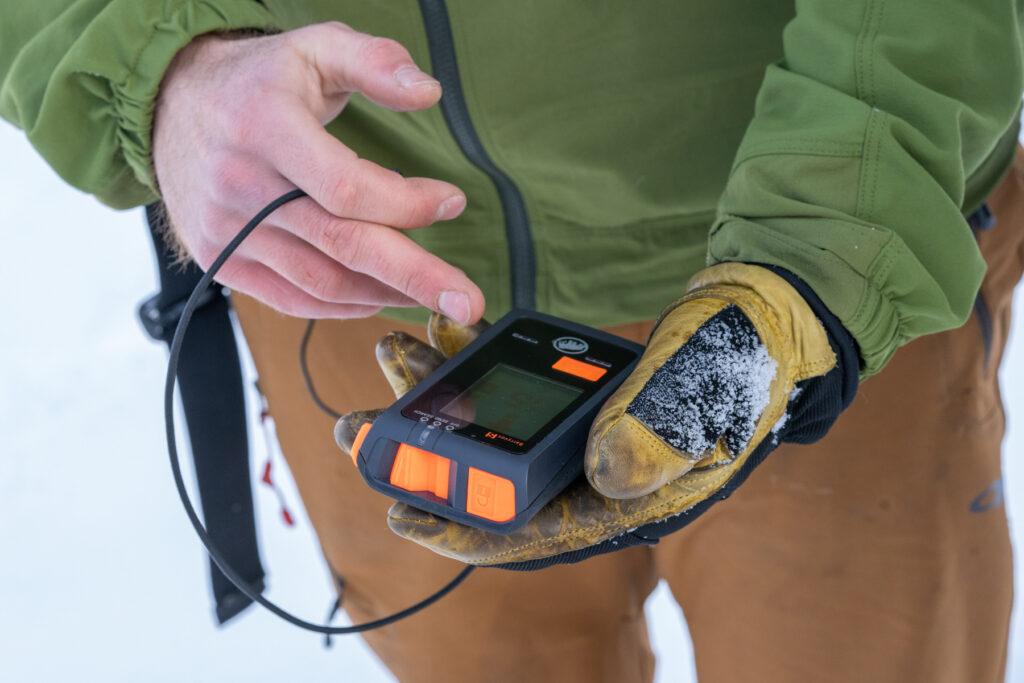
On a Friday morning, a group of friends in their 20s and 30s ran through steps they’ve been practicing for years. They followed Nolan Hurd as he tromped through the snow, a device that looked sort of like a thick cell phone in his outstretched hand.
It didn’t take long to pick up a signal. He read out the number of meters the beacon displayed on its small screen.
“One point one! One point two!”
When they got close enough, the group unfolded long poles and poked into the powder until they struck something, then started digging. After a few minutes of furiously flinging snow around them, they unearthed their target: a piece of plywood, with a transceiver attached.
Beacon. Probe. Shovel.
Three pieces of equipment have become more and more common for backcountry users, said Hurd, who volunteers with a backcountry nonprofit. “But most people I’ve interacted with don’t practice. They may have bought a beacon, shovel and probe, and it’s never left their backpack.”
Parks like the one near Minturn give people the opportunity to try out various rescue scenarios. Alex Blanchard, also in the group, said they’ve been running beacon safety drills for years, long before the park opened in 2020, but it was complicated to set up their own somewhere in the woods.
“Here, we can just walk up, flip on a switch,” he said. “You can practice by yourself, you can practice with friends. You have a lot more options now.”
Right off Interstate 70, the park is a steep climb from a ranger station, but otherwise has few barriers to visit. It’s open 24 hours a day, no fees or registration required.
As Cassidy Grady explores the backcountry, she’s grateful to have this repetition under her belt, to try to make these skills muscle memory.
“There's a much bigger responsibility here for the skier to know what they're doing,” she said.
In resorts, you have ski patrol to help keep you safe. But in the backcountry, search and rescue could be hours away. Essentially, you are your own ski patrol.
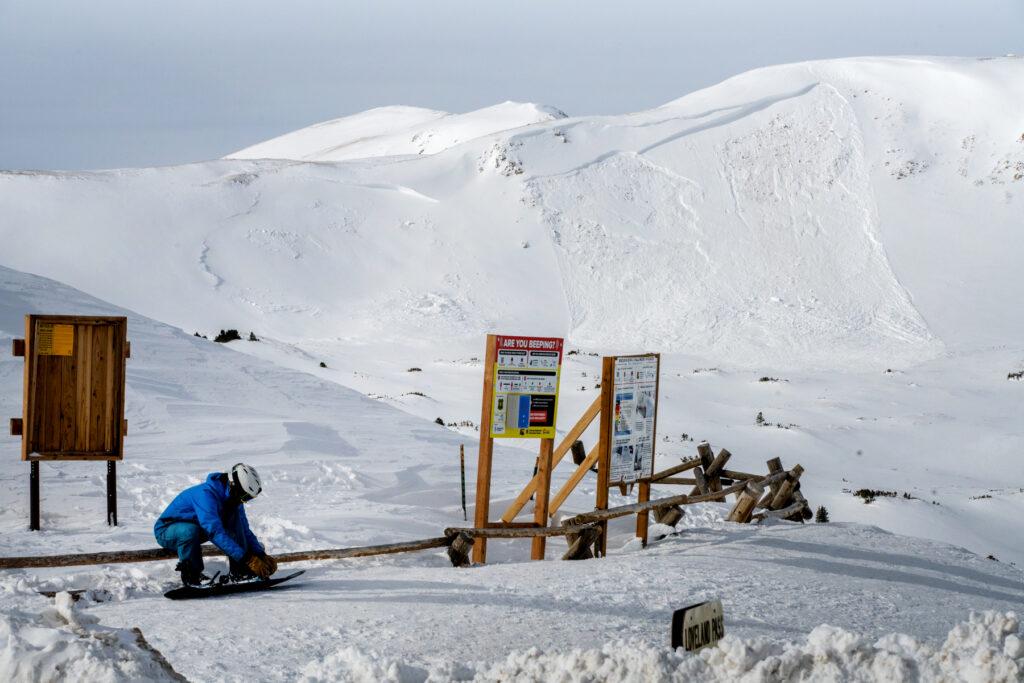
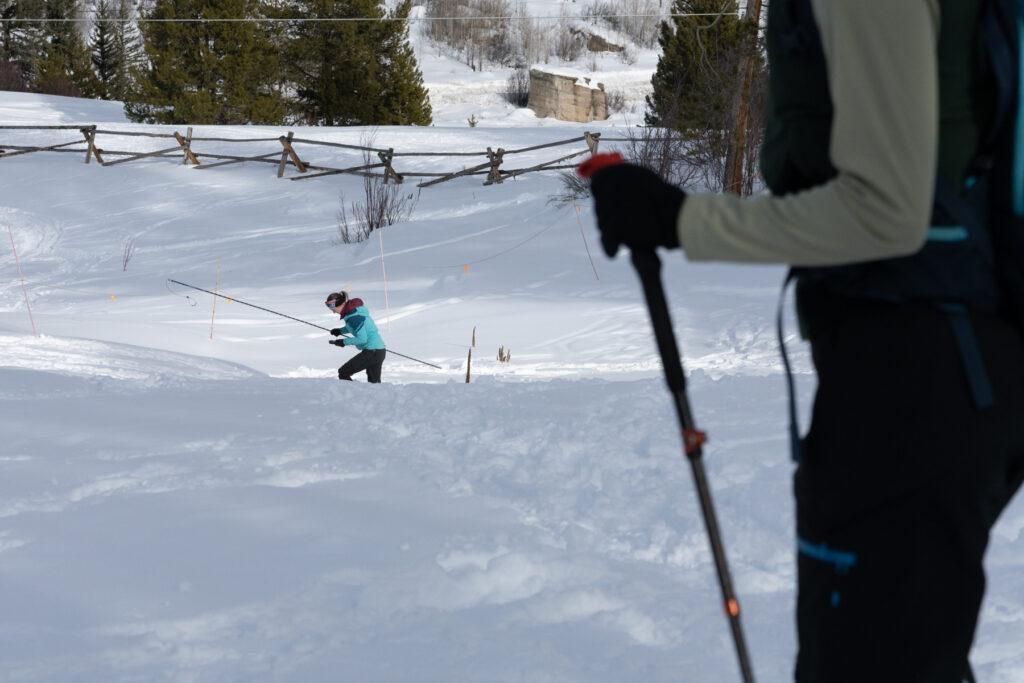
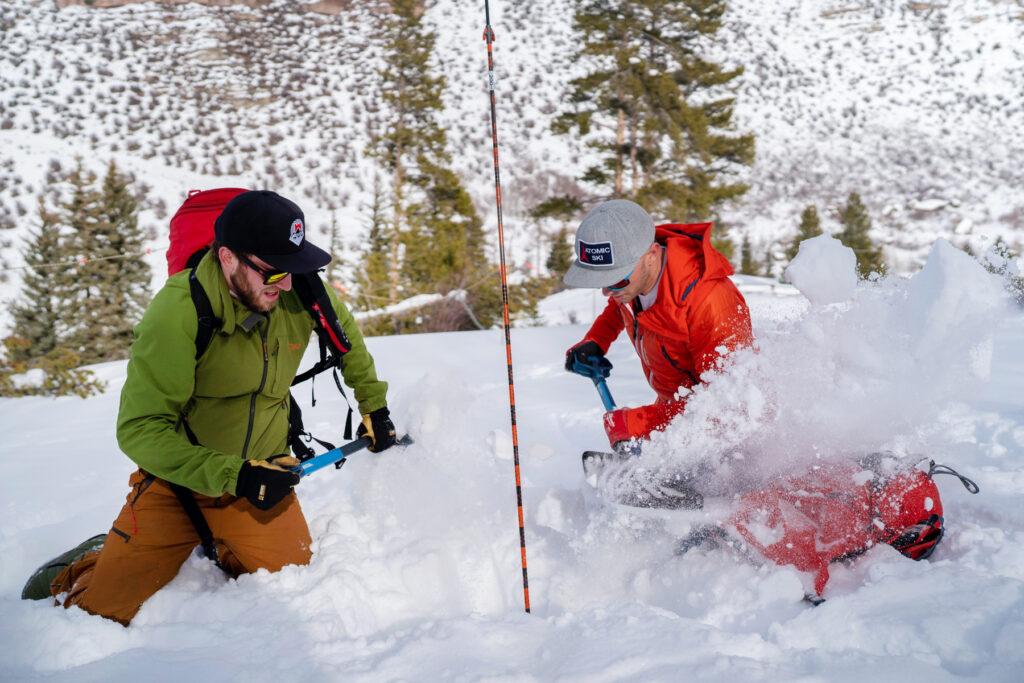
“You have to be able to have these skills now, you know, in the moment, to rescue your friend if it comes to that,” Grady said.
And while you might imagine that the people dying in avalanches are novices, it’s often people with experience, like this crew, who are going to more remote places and taking on more risk.
Blanchard estimates the group spends about 50 days a season in the backcountry.
“We are the definition of who ends up being caught in these,” he said.
Ethan Greene, director of the Colorado Avalanche Information Center, which helped develop the beacon park, says some evidence shows that wearing a transceiver gives you a better than 50 percent chance of surviving an avalanche burial. But it can only help if the people around you are also wearing them — and comfortable using them.
“And we have had some accidents this year and in previous years where somebody has struggled to use this rescue device under stress,” he said, “and not been able to perform an adequate rescue.”
The number of people in the backcountry is way up since COVID pandemic began
Complicating things is that the number of backcountry users has soared since the start of the pandemic. Just two winters ago, 12 people died in Colorado avalanches, tying a modern-day state record. Greene thinks safety awareness campaigns by his agency and others have gotten more people talking about learning their safety equipment and taking avalanche courses.
“Those are really important things to do,” he said, “but if you only have so many weekends off in a winter, sometimes it's hard to dedicate one to that education program.”
These avalanche transceiver training parks give people additional chances to practice vital skills. They’ve actually been around for years, but often were tucked away in ski resorts. Greene is seeing a new trend of creating free ones, open to the public. He welcomes that change but also stresses these devices are only one part of avalanche safety.
“The most important tool you have is the one between your ears,” he said. “Everything else is important to have, but kind of a backup plan.”
Greene maintains that the best way to survive an avalanche is to never get into one. That means checking the avalanche forecast and avoiding areas that are dangerous, including many steep slopes.
When Benge, the skier in Ophir, was hit by an avalanche, he was in terrain he was not fully familiar with, and a warming trend had destabilized the hefty snowpack.
He was buried, unconscious, for about 15 minutes, then extracted by his friend, Kane Scheidegger, who had the help of others on the mountain that day. Scheidegger remembers the first “deep, gurgly, labored breath” his buddy took.
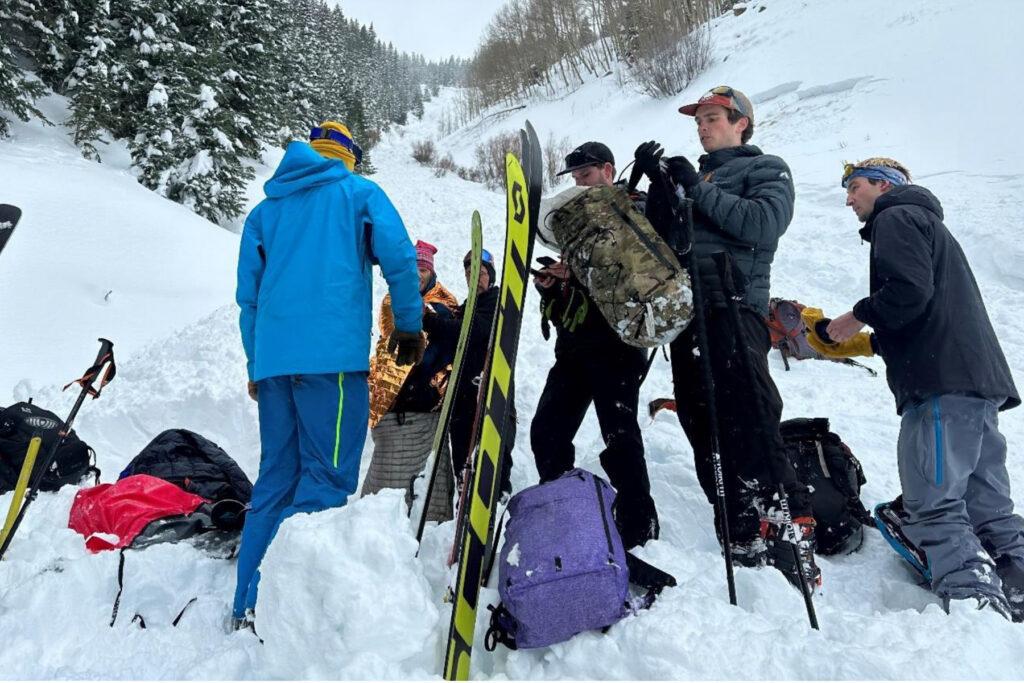
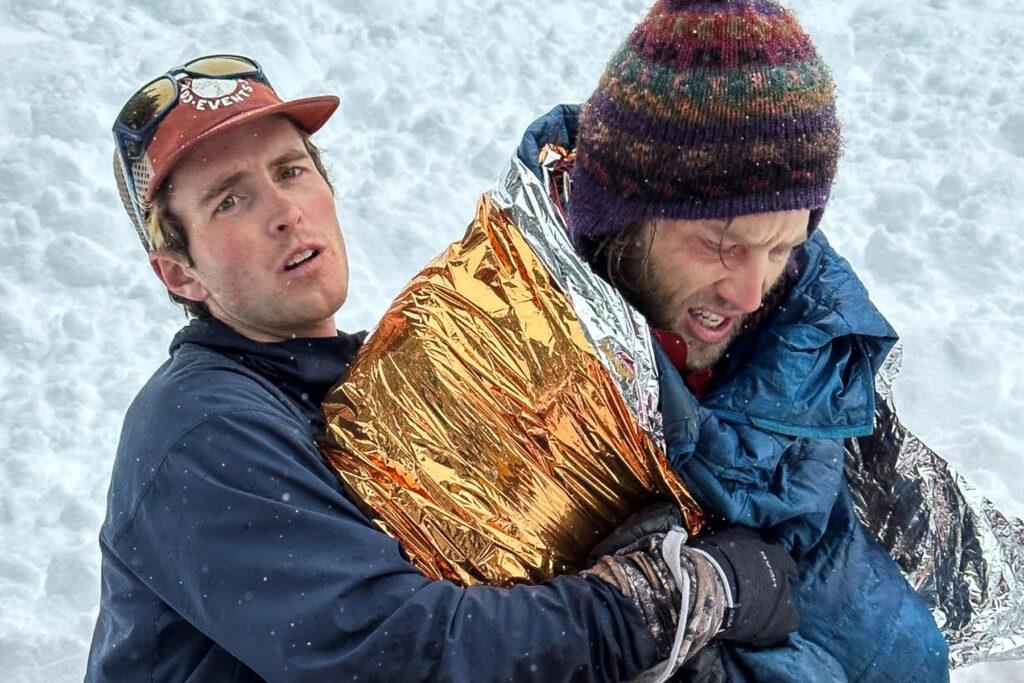
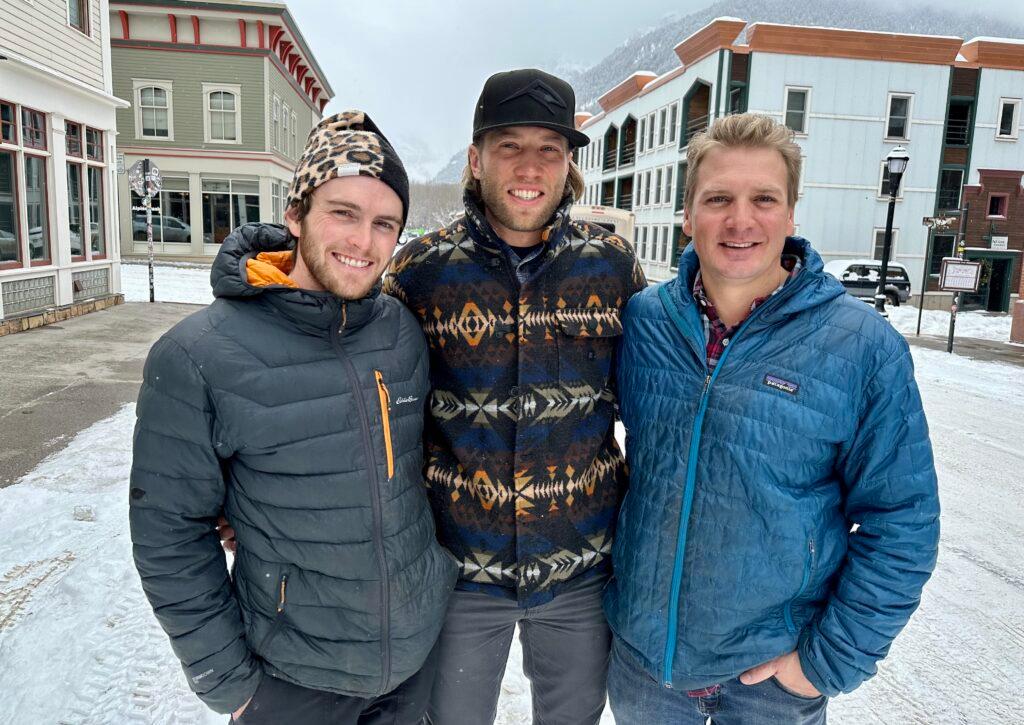
And as Benge started to come to, he remembers what he felt.
“Guilt and embarrassment that I made a decision that led to this,” he said.
As he continues to process that life-changing day, he’s grateful for the quick actions of those around him — and also for the device that allowed him to be found in a sea of snow, stretching hundreds of feet.
“There's no doubt in my mind that I wouldn't be here if I wasn't wearing a beacon, if Kane wasn't wearing a beacon,” he said, “if Kane didn't know how to utilize a beacon and perform a beacon search.”
So when next ski season rolls around, Benge and his friends will make sure to practice with their beacons, probes and shovels — just as they have for years.

